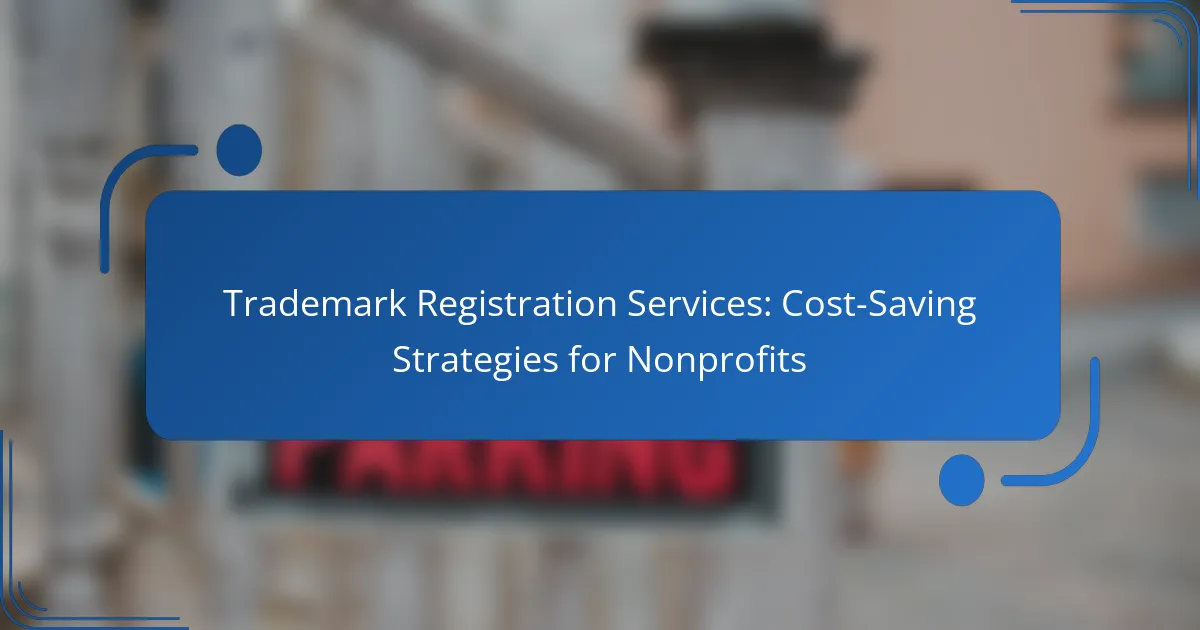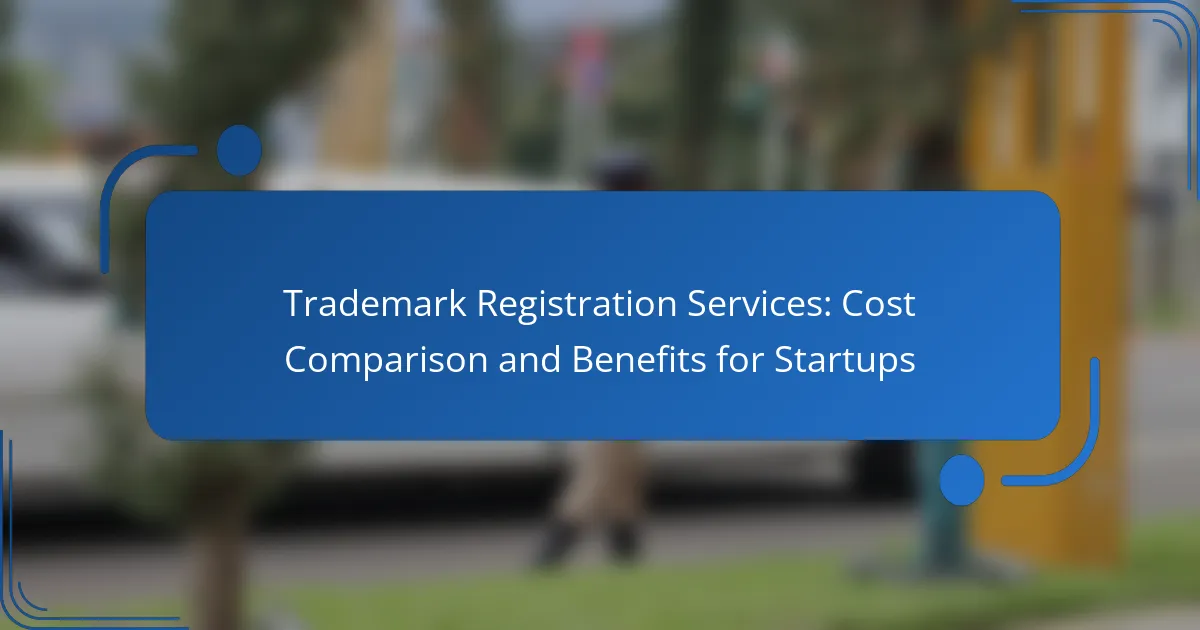Trademark registration is essential for nonprofits seeking to protect their brand, but the associated costs can be a concern. By employing cost-saving strategies such as utilizing pro bono services and applying for fee waivers, nonprofits can navigate the registration process more affordably. Understanding the steps involved and avoiding common mistakes will further enhance their ability to secure legal protection efficiently.
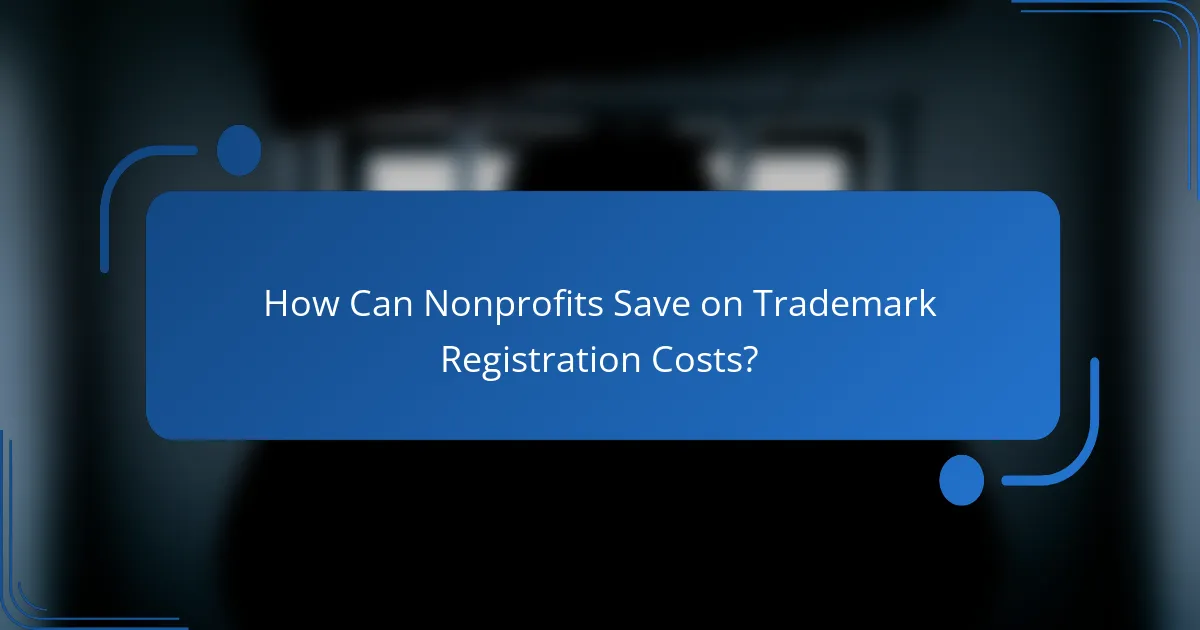
How Can Nonprofits Save on Trademark Registration Costs?
Nonprofits can save on trademark registration costs through various strategies that leverage available resources and support. By utilizing pro bono services, applying for fee waivers, and taking advantage of discounts, organizations can significantly reduce their expenses.
Utilizing pro bono legal services
Many law firms and legal organizations offer pro bono services specifically for nonprofits. These services can include assistance with trademark searches, application filings, and legal advice, all at no cost. Nonprofits should actively seek out local legal aid organizations or bar associations that provide such services.
When engaging with pro bono attorneys, be clear about your needs and timelines. This ensures that you receive the most relevant support and can navigate the trademark registration process efficiently.
Applying for fee waivers
Nonprofits may qualify for fee waivers when applying for trademark registration with the United States Patent and Trademark Office (USPTO) or similar entities in other countries. To apply for a fee waiver, organizations typically need to demonstrate their nonprofit status and provide relevant documentation.
Be prepared to submit a detailed application that outlines your mission and activities. This can help expedite the process and increase the likelihood of receiving a waiver, reducing costs significantly.
Leveraging nonprofit discounts
Some trademark registration services and legal platforms offer discounts specifically for nonprofit organizations. These discounts can vary widely, so it’s beneficial to research and compare different providers. Look for services that explicitly advertise nonprofit pricing or inquire directly about available discounts.
Utilizing these discounts can lower registration fees by a notable percentage, making trademark protection more accessible for nonprofits operating on limited budgets.
Participating in trademark clinics
Trademark clinics are events where legal professionals provide free or low-cost assistance to nonprofits and small businesses. These clinics often cover the basics of trademark registration and can offer personalized guidance on specific cases.
Check with local law schools or nonprofit organizations to find upcoming trademark clinics. Participating in these events can provide valuable insights and help nonprofits navigate the registration process while saving on legal fees.
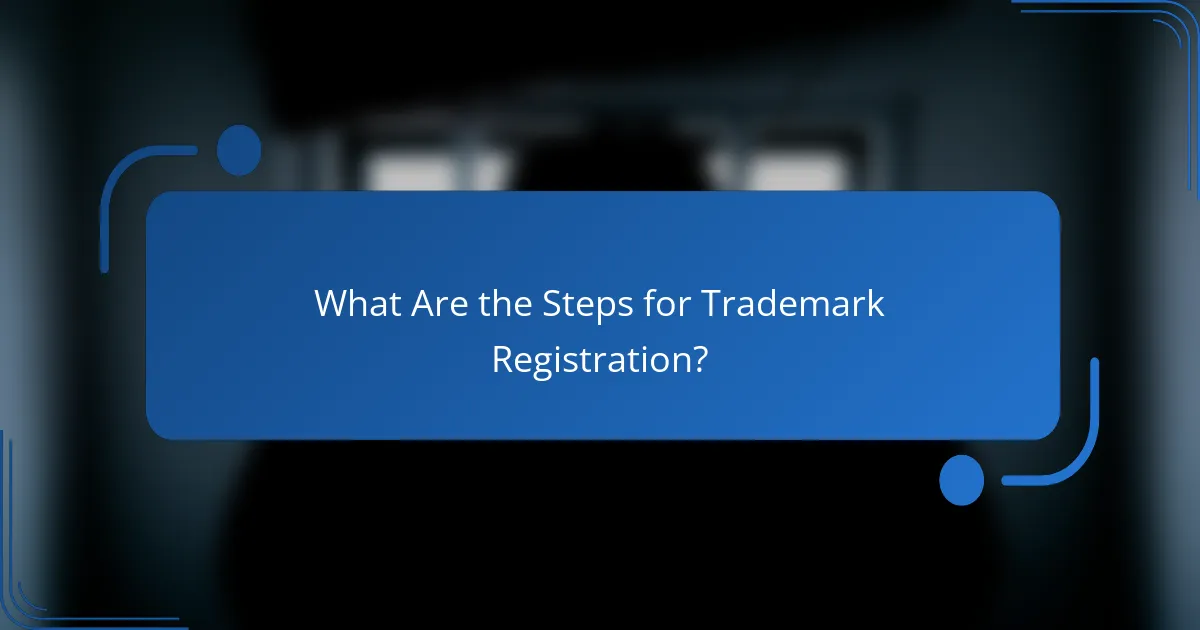
What Are the Steps for Trademark Registration?
Trademark registration involves a series of steps to secure legal protection for your brand. Understanding these steps can help nonprofits navigate the process efficiently and avoid common pitfalls.
Conducting a trademark search
The first step in trademark registration is conducting a thorough trademark search. This helps identify any existing trademarks that may conflict with your desired mark, which can save time and money later in the process.
Utilize the United States Patent and Trademark Office (USPTO) database to check for similar trademarks. Consider searching variations of your mark, including different spellings and related goods or services.
Preparing necessary documentation
Once you’ve confirmed that your trademark is available, the next step is preparing the necessary documentation. This includes details about your organization, the trademark itself, and the goods or services it will represent.
Gather information such as the date of first use, a description of the mark, and any specimens showing the mark in use. Ensuring accuracy in this documentation is crucial to avoid delays or rejections.
Filing the application with the USPTO
The final step is filing your trademark application with the USPTO. This can be done online through the Trademark Electronic Application System (TEAS), which offers different application forms depending on your needs.
Be prepared to pay the filing fee, which typically ranges from a few hundred to over a thousand USD, depending on the application type. After submission, monitor your application status and respond promptly to any USPTO inquiries to keep the process moving smoothly.
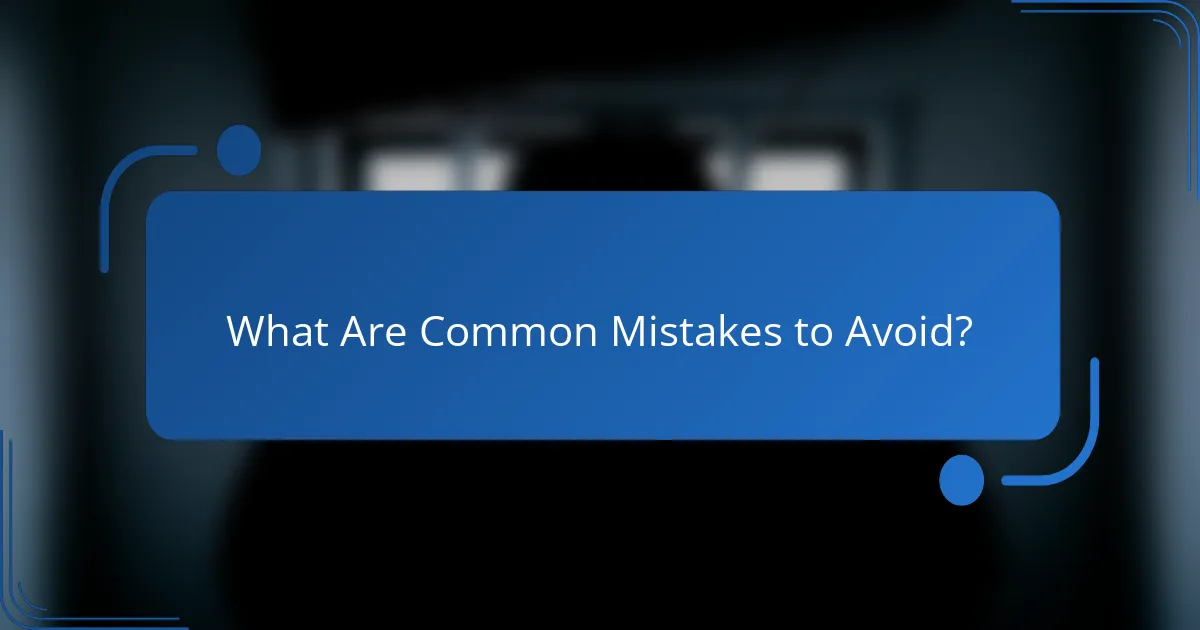
What Are Common Mistakes to Avoid?
Common mistakes in trademark registration can lead to delays and increased costs. Nonprofits should be aware of these pitfalls to ensure a smooth and cost-effective registration process.
Neglecting to conduct a thorough search
Failing to perform a comprehensive trademark search can result in conflicts with existing trademarks, leading to potential legal disputes. Before filing, nonprofits should check databases like the USPTO’s Trademark Electronic Search System (TESS) to identify any similar marks.
Consider hiring a professional service for a more exhaustive search, which may include common law trademarks and state registrations. This upfront investment can save significant costs associated with rebranding or legal challenges later on.
Incorrectly classifying goods/services
Misclassifying goods or services during trademark registration can lead to rejection of the application. Nonprofits must accurately describe their offerings according to the International (Nice) Classification of Goods and Services.
Review the classifications carefully and consult resources or professionals if unsure. Correct classification ensures that the trademark provides the intended protection and avoids unnecessary complications in the registration process.
Failing to respond to office actions
Ignoring office actions from the trademark office can result in abandonment of the application. Nonprofits must respond promptly to any requests for additional information or clarifications within the specified timeframe, typically six months.
Establish a system for tracking deadlines and ensure that someone is responsible for managing correspondence with the trademark office. This proactive approach can prevent costly delays and maintain the integrity of the application process.
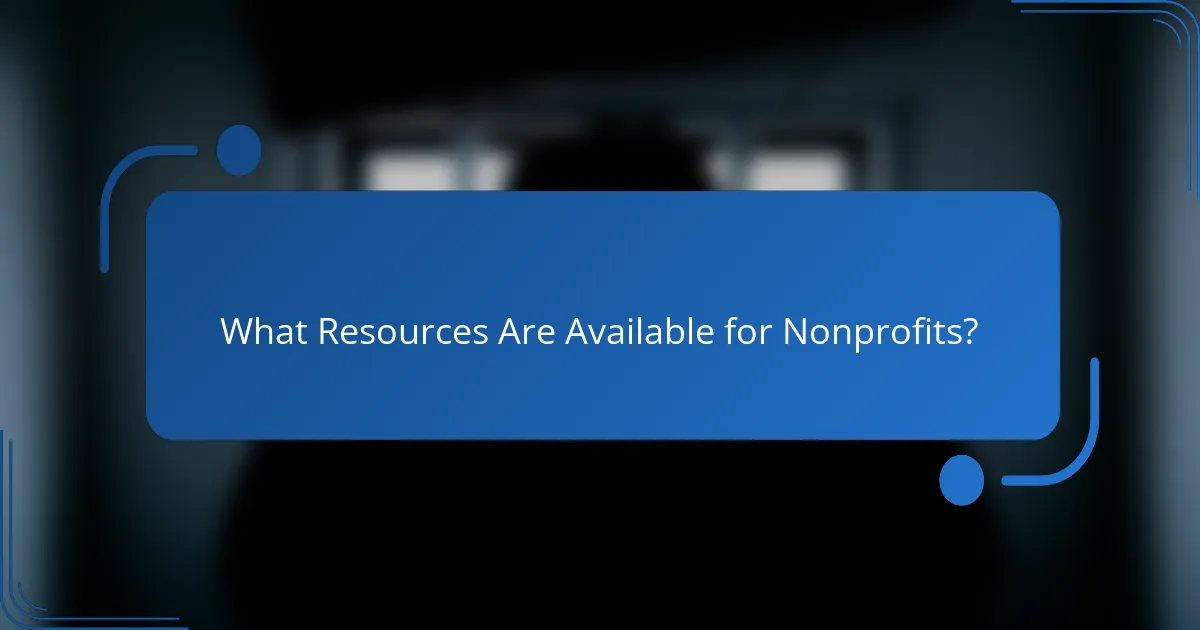
What Resources Are Available for Nonprofits?
Nonprofits can access various resources to aid in trademark registration, helping them save costs and streamline the process. These resources include legal aid organizations, online trademark databases, and educational workshops or webinars that provide valuable insights.
Legal aid organizations
Legal aid organizations often offer free or low-cost legal assistance to nonprofits, including help with trademark registration. These organizations can guide you through the application process, ensuring that you meet all necessary requirements without incurring high legal fees.
To find a suitable legal aid organization, look for local nonprofits or bar associations that specialize in intellectual property law. Many of these organizations have specific programs aimed at assisting nonprofits, which can significantly reduce your costs.
Online trademark databases
Online trademark databases, such as the United States Patent and Trademark Office (USPTO) database, provide essential tools for nonprofits to conduct preliminary trademark searches. These databases allow you to check for existing trademarks that may conflict with your intended mark, helping you avoid potential legal issues.
Utilizing these databases is a cost-effective way to gather information before filing a trademark application. Regularly reviewing these resources can also keep you updated on new trademarks that may affect your organization.
Workshops and webinars
Workshops and webinars focused on trademark registration can be invaluable for nonprofits looking to understand the process better. These sessions often cover essential topics such as trademark search strategies, application procedures, and common pitfalls to avoid.
Many organizations, including universities and nonprofit associations, offer these educational resources for free or at a low cost. Participating in these events can empower your team with the knowledge needed to navigate trademark registration efficiently and effectively.
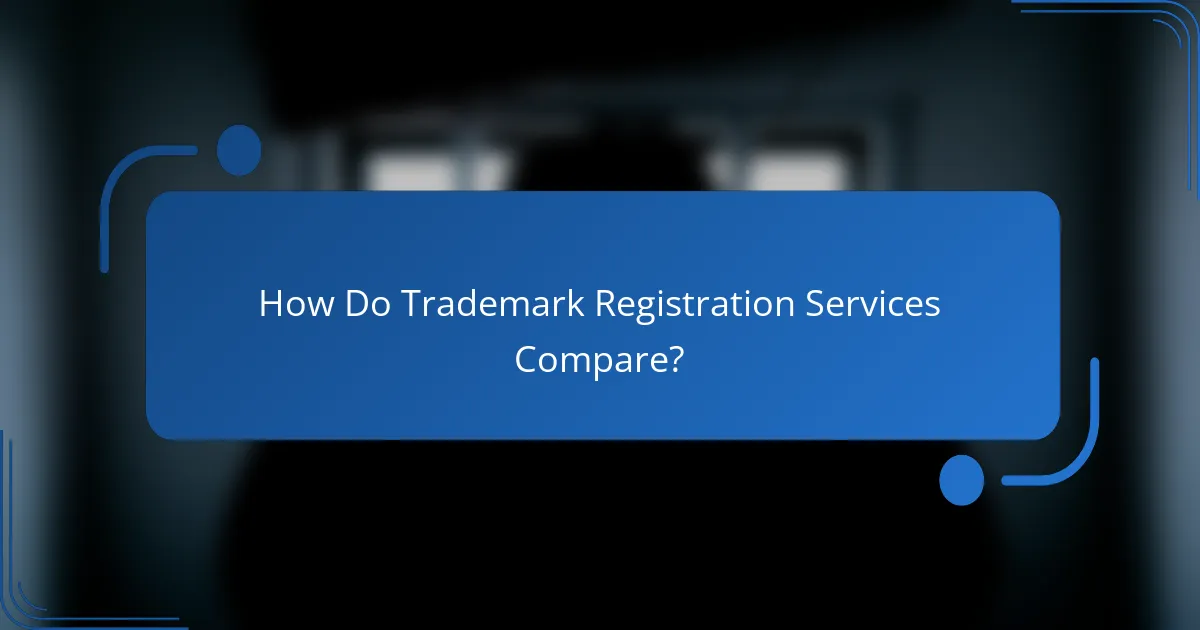
How Do Trademark Registration Services Compare?
Trademark registration services vary significantly in cost and effectiveness, impacting nonprofits seeking protection for their brands. Understanding these differences can help organizations make informed decisions that align with their budgets and needs.
Cost comparison of legal firms
Legal firms typically charge varying rates for trademark registration services, often ranging from a few hundred to several thousand dollars. Nonprofits should consider firms that offer sliding scale fees or pro bono services, which can significantly reduce costs. Additionally, some firms may provide package deals that include multiple services at a lower overall price.
When comparing costs, it’s essential to factor in not just the initial registration fee but also potential ongoing costs, such as maintenance and renewal fees. Nonprofits should inquire about any hidden fees that may arise during the registration process.
Online registration platforms vs. traditional services
Online registration platforms often provide a more affordable alternative to traditional legal services, with fees typically ranging from $50 to a few hundred dollars. These platforms can streamline the application process, making it quicker and more accessible for nonprofits with limited budgets.
However, while online services may save money, they might lack the personalized guidance that legal firms offer. Nonprofits should weigh the benefits of cost savings against the potential need for expert advice, especially if their trademark is complex or if they anticipate challenges during the registration process.
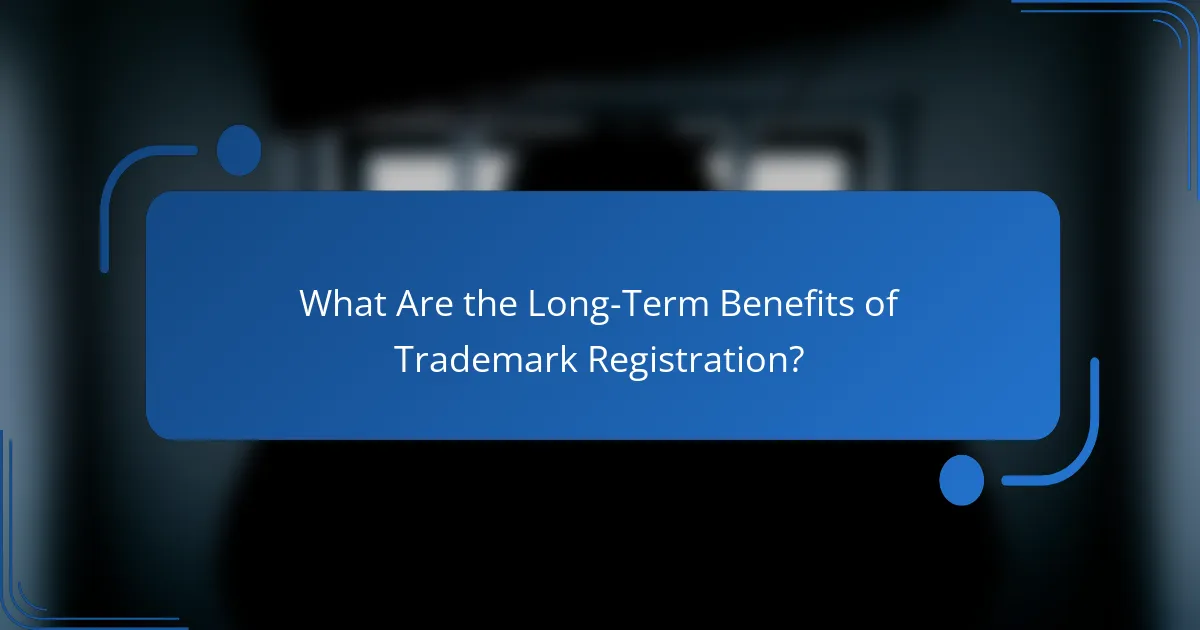
What Are the Long-Term Benefits of Trademark Registration?
Trademark registration provides significant long-term advantages for nonprofits, including legal protection for their brand and enhanced market presence. By securing a trademark, organizations can safeguard their identity and foster trust among supporters and stakeholders.
Brand protection and recognition
Trademark registration ensures that a nonprofit’s brand is legally protected from unauthorized use by others. This protection helps maintain the integrity of the organization’s identity and prevents confusion in the marketplace.
Additionally, a registered trademark enhances brand recognition, making it easier for the public to identify and support the nonprofit’s mission. A strong brand can lead to increased loyalty and engagement from donors and volunteers.
Increased funding opportunities
Having a registered trademark can open doors to new funding opportunities for nonprofits. Funders often prefer to invest in organizations with established brands, as it indicates professionalism and stability.
Moreover, a recognizable trademark can help nonprofits stand out in competitive grant applications, potentially increasing their chances of securing financial support. This can be particularly beneficial in sectors where funding is limited.
Enhanced credibility with stakeholders
Trademark registration enhances a nonprofit’s credibility with various stakeholders, including donors, partners, and the community. A registered trademark signals that the organization takes its brand seriously and is committed to protecting its mission.
This credibility can lead to stronger relationships with stakeholders, fostering trust and encouraging collaboration. Nonprofits that prioritize brand protection are often viewed as more reliable and trustworthy, which can significantly impact their overall success.
